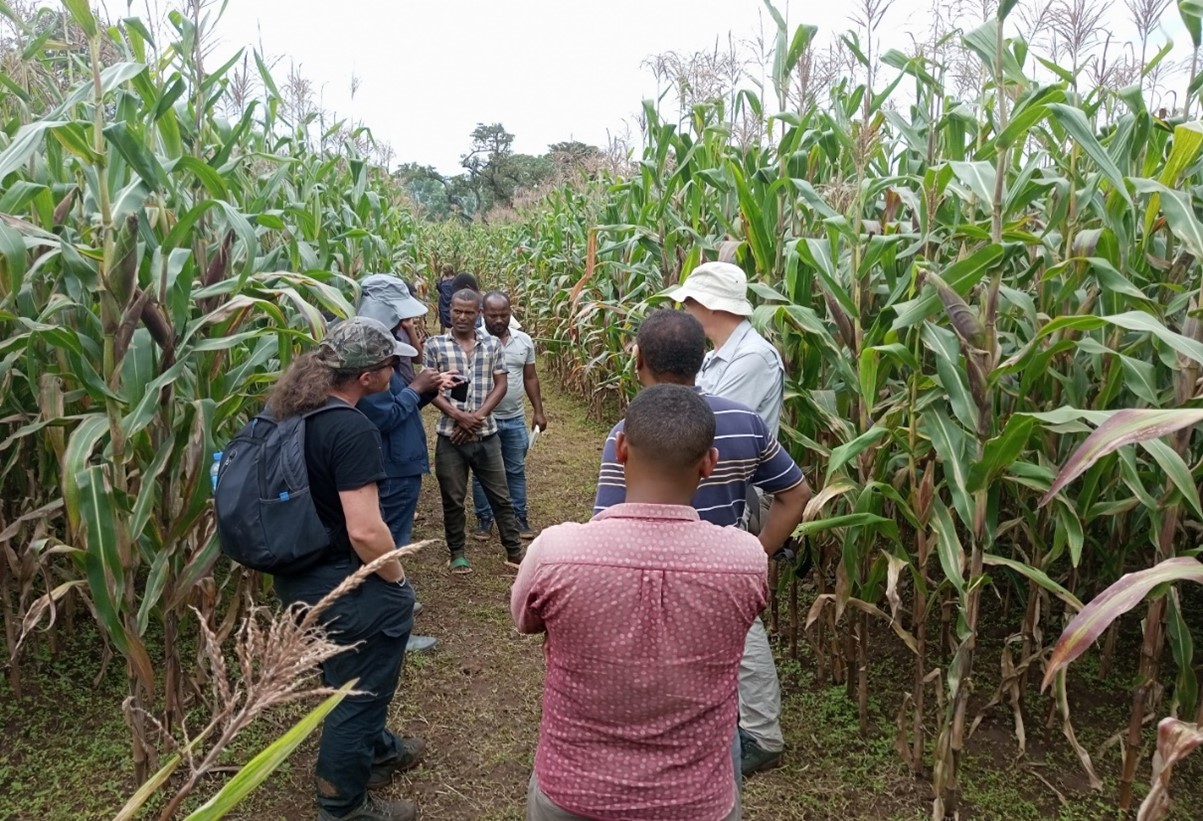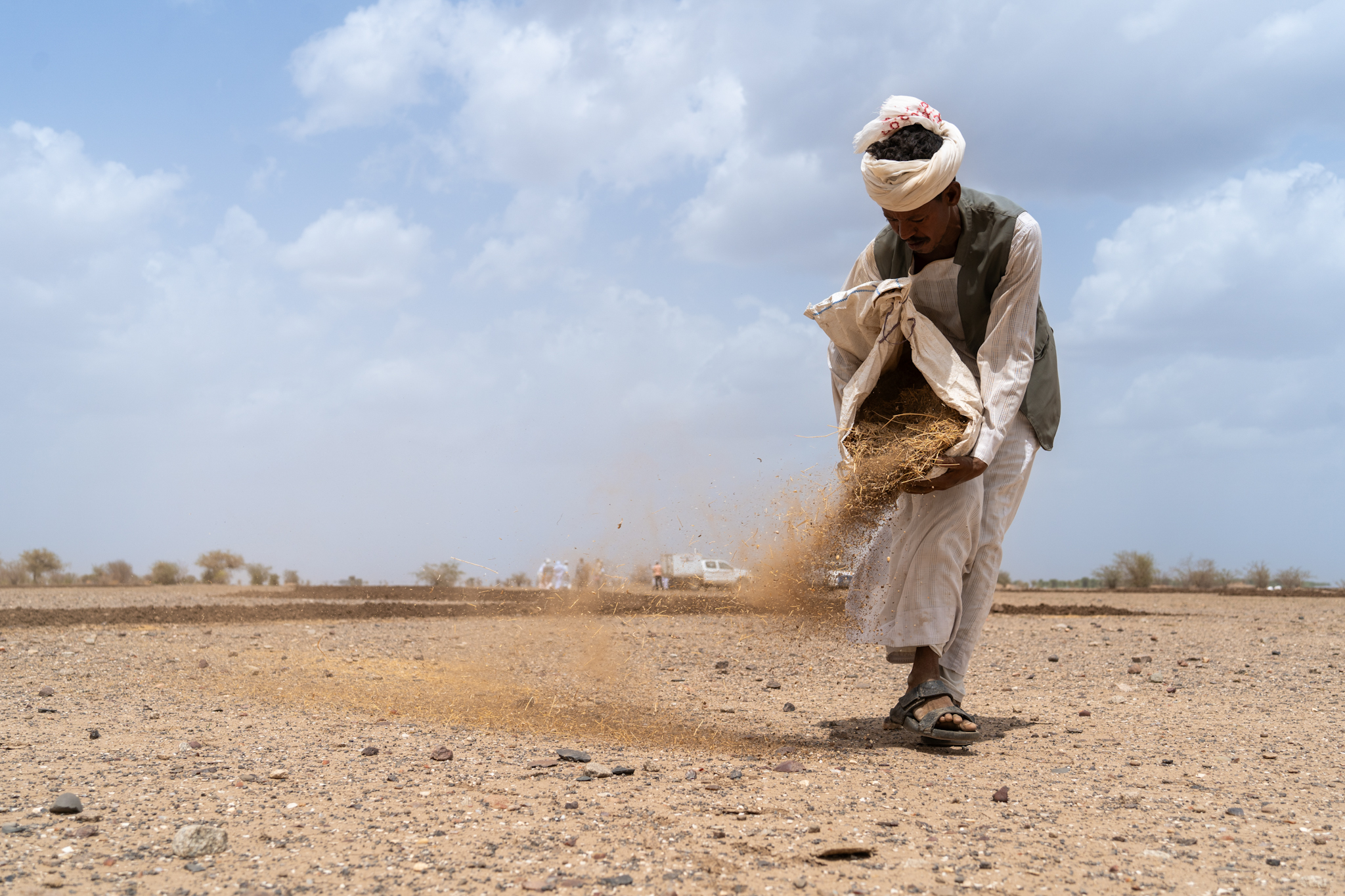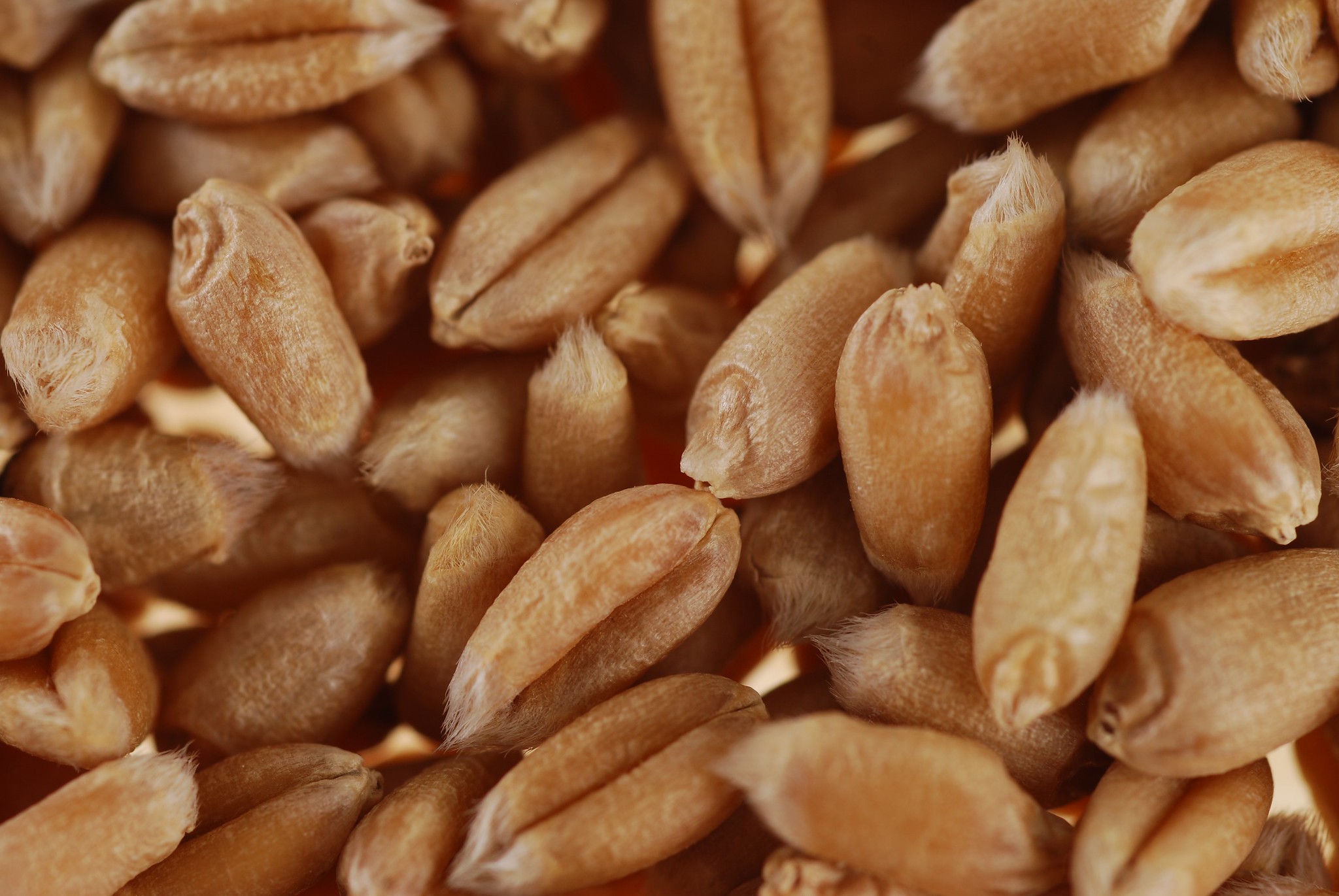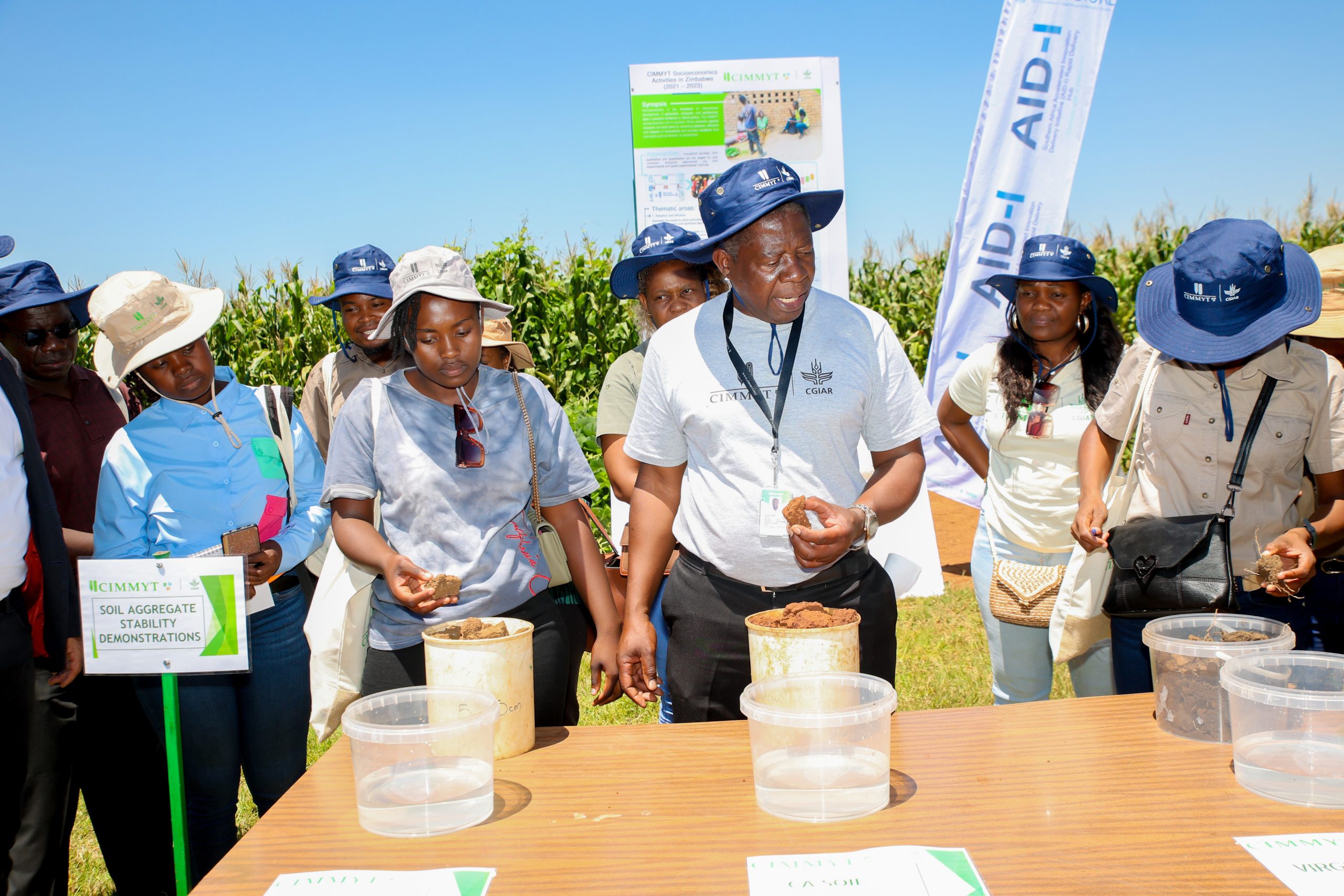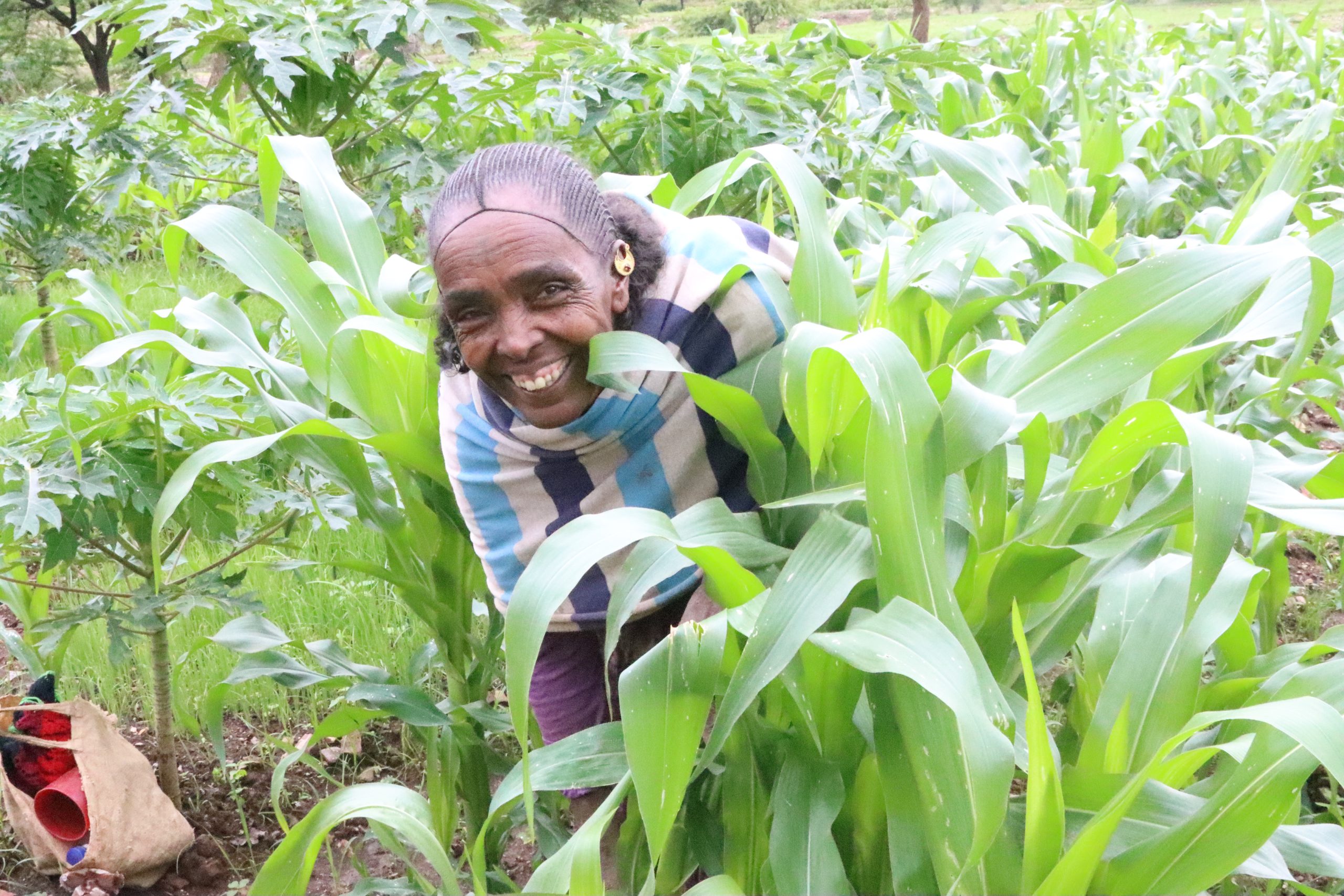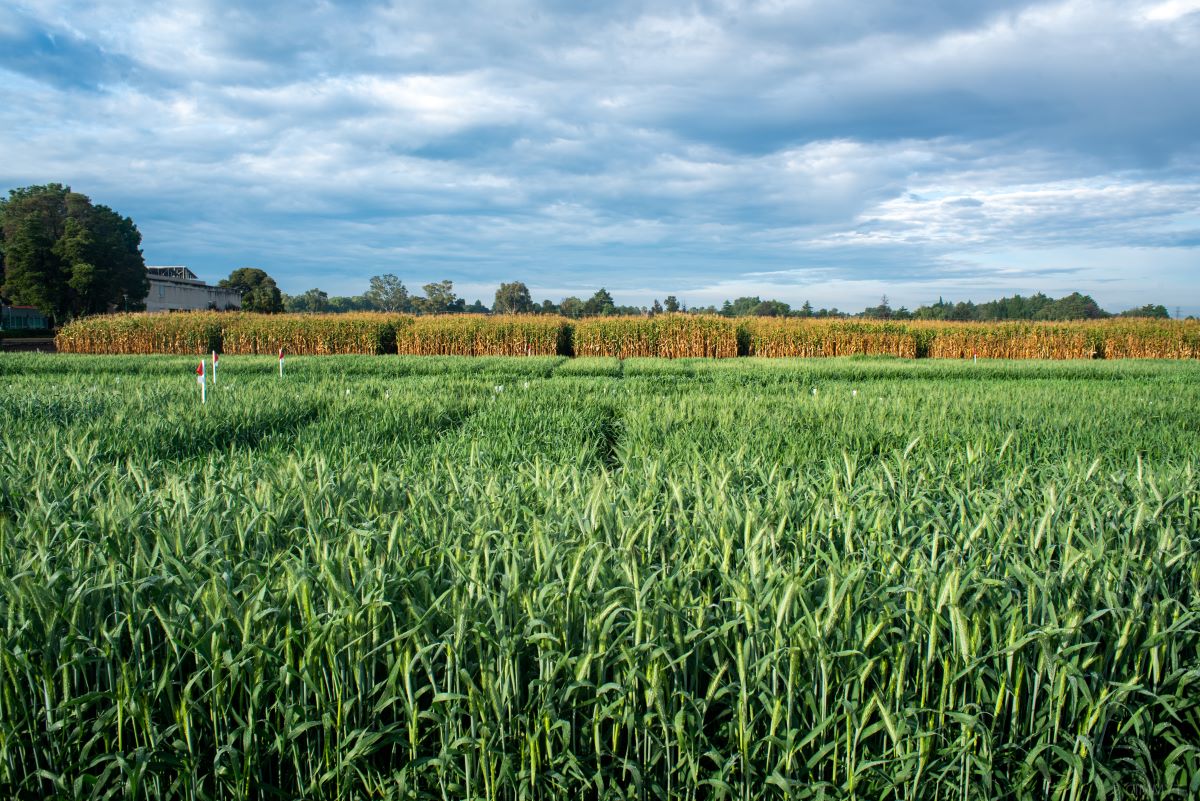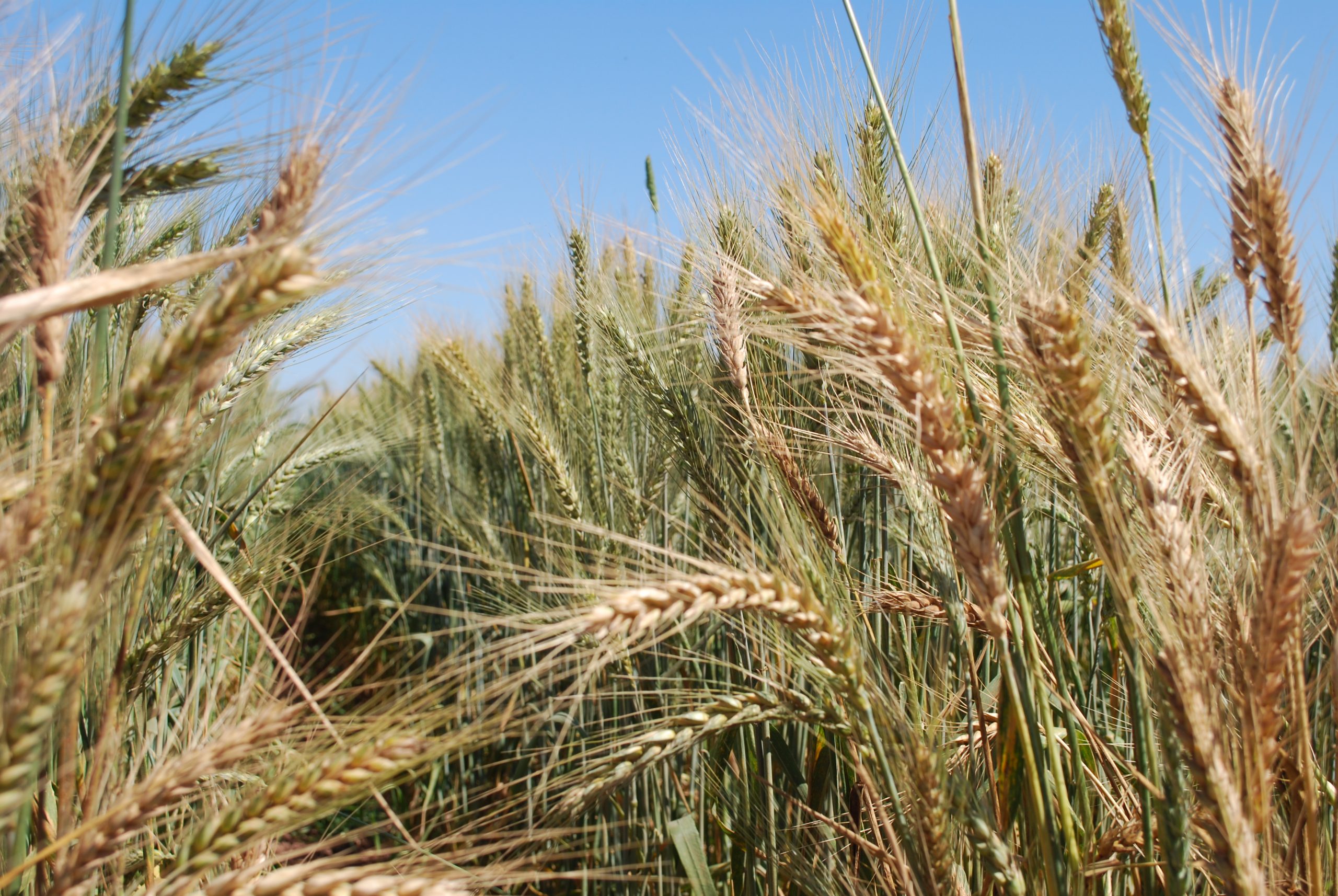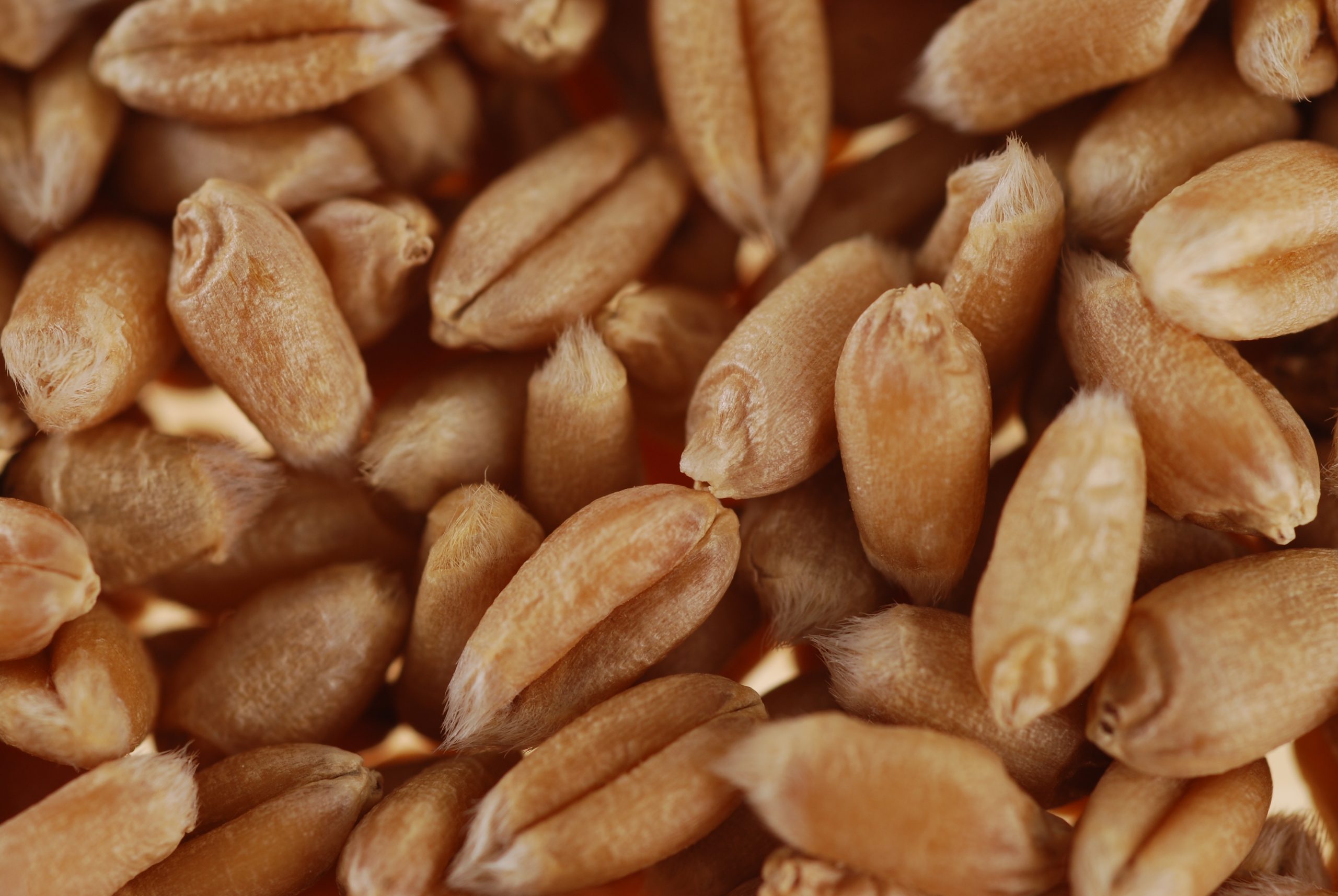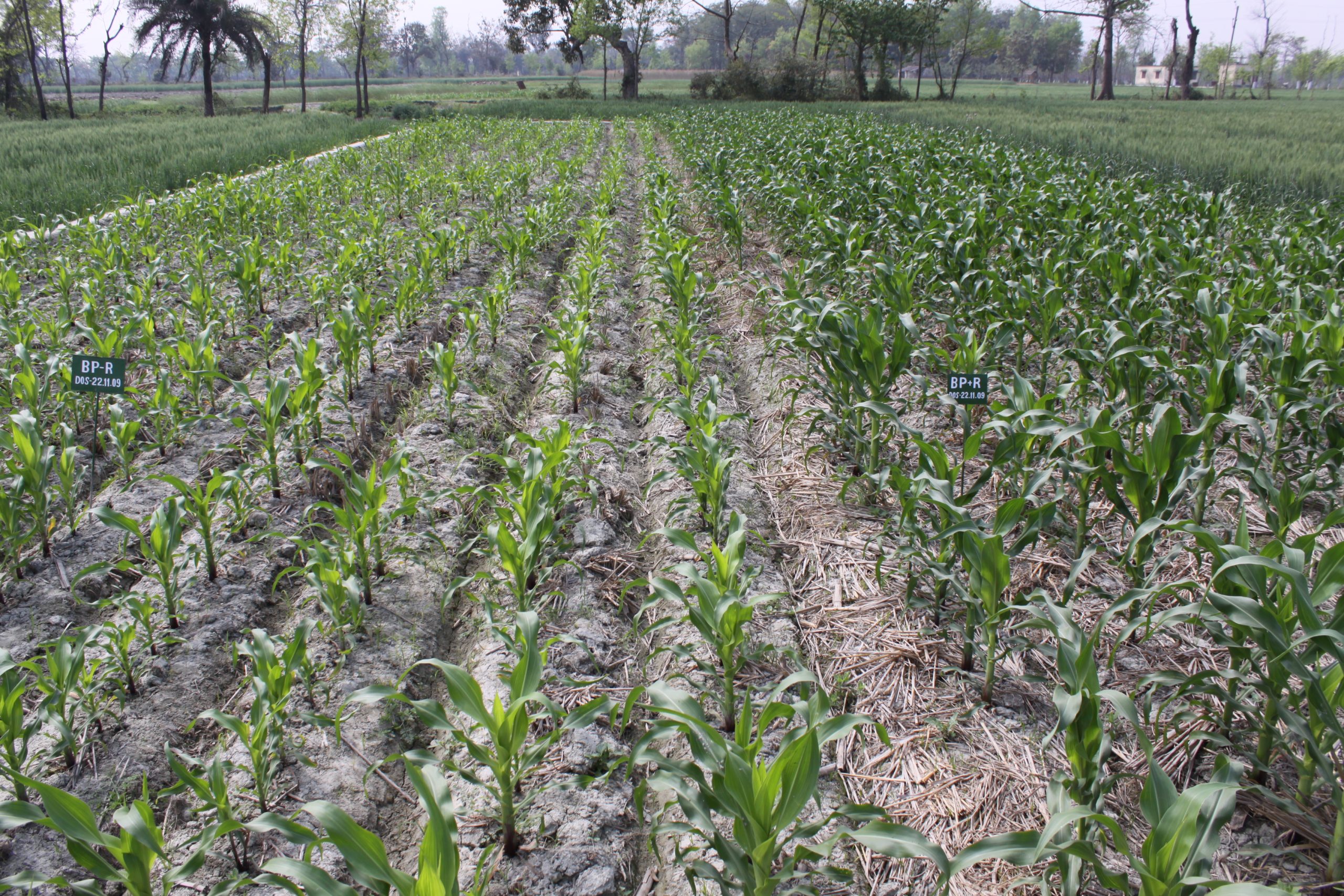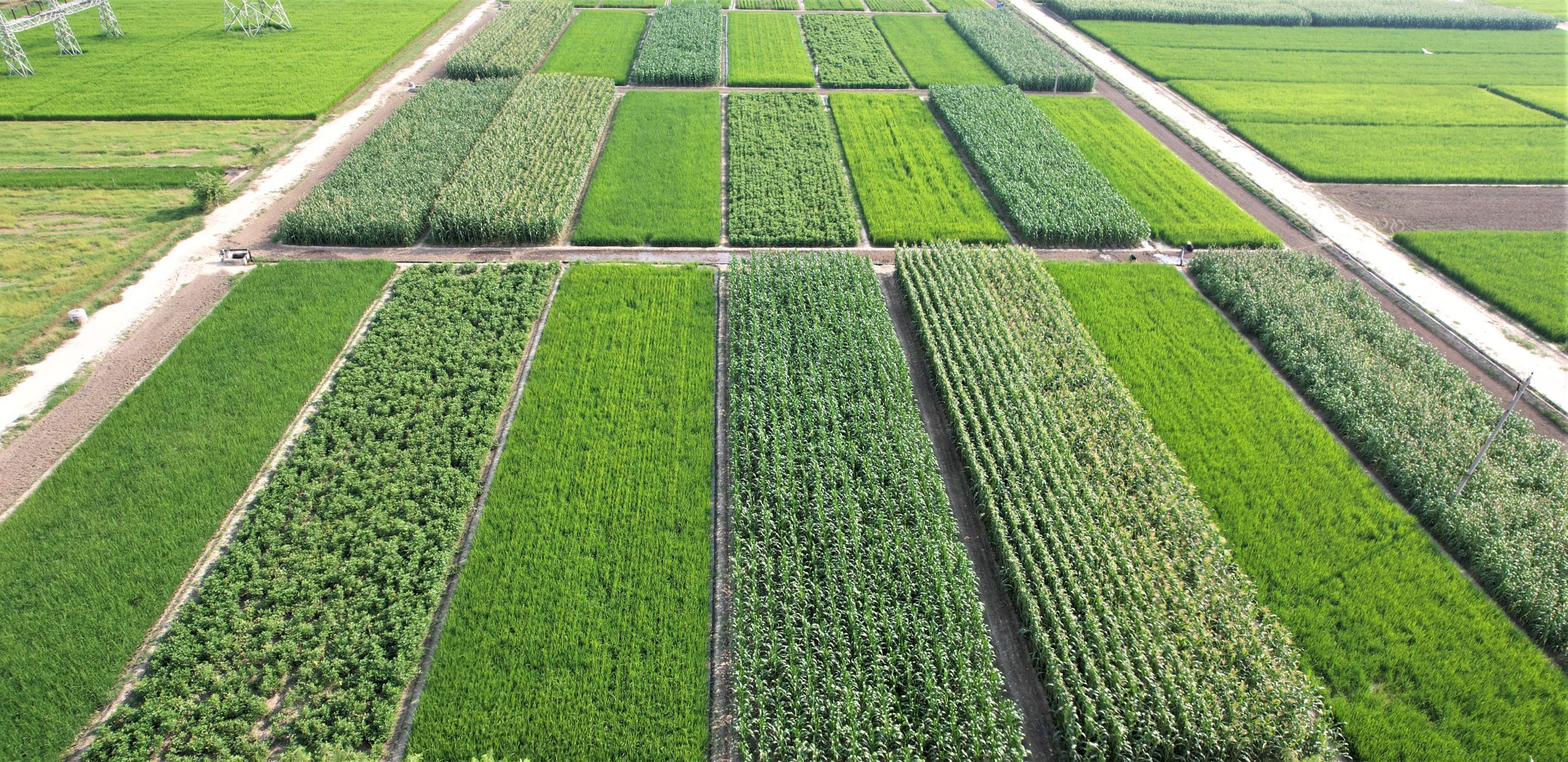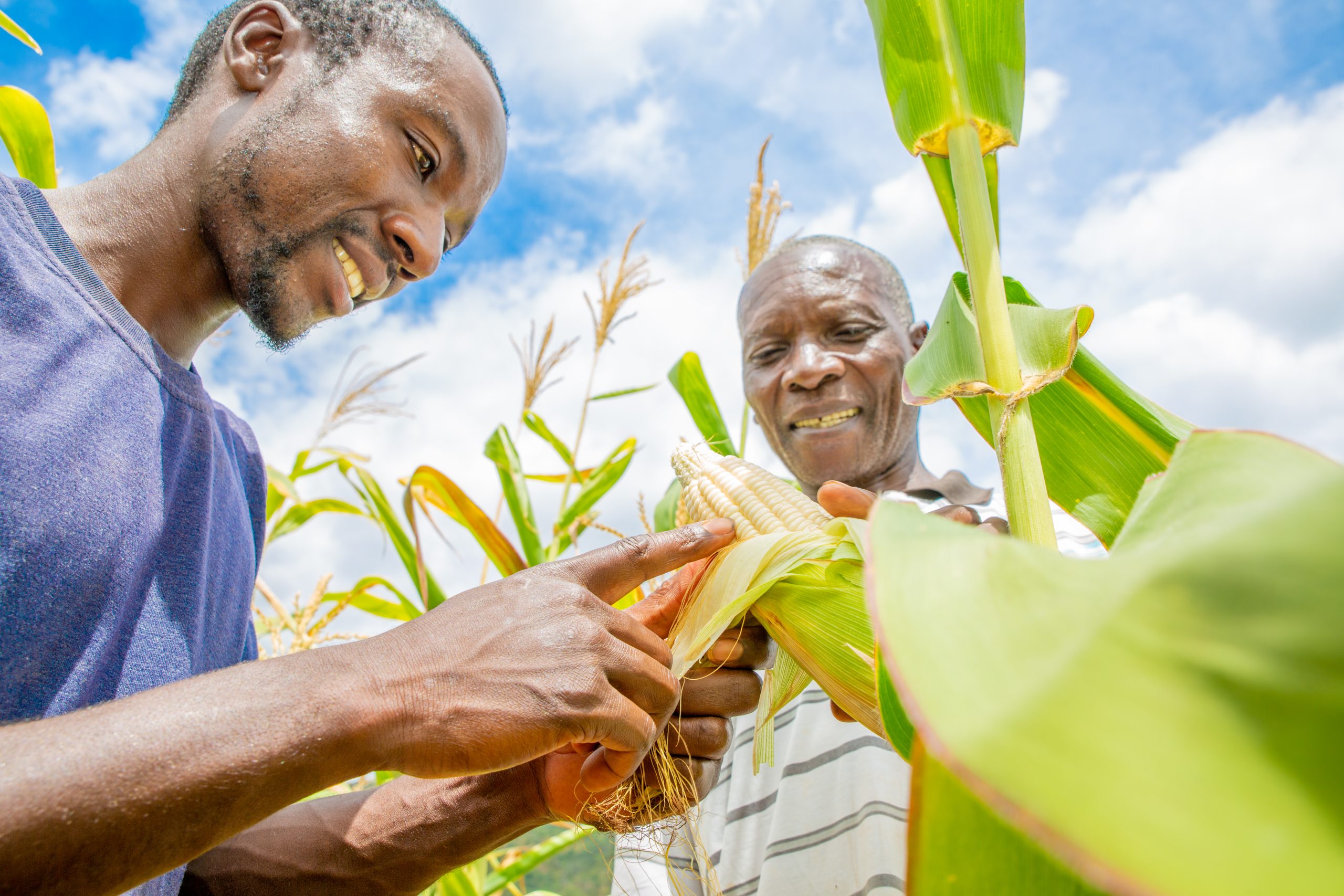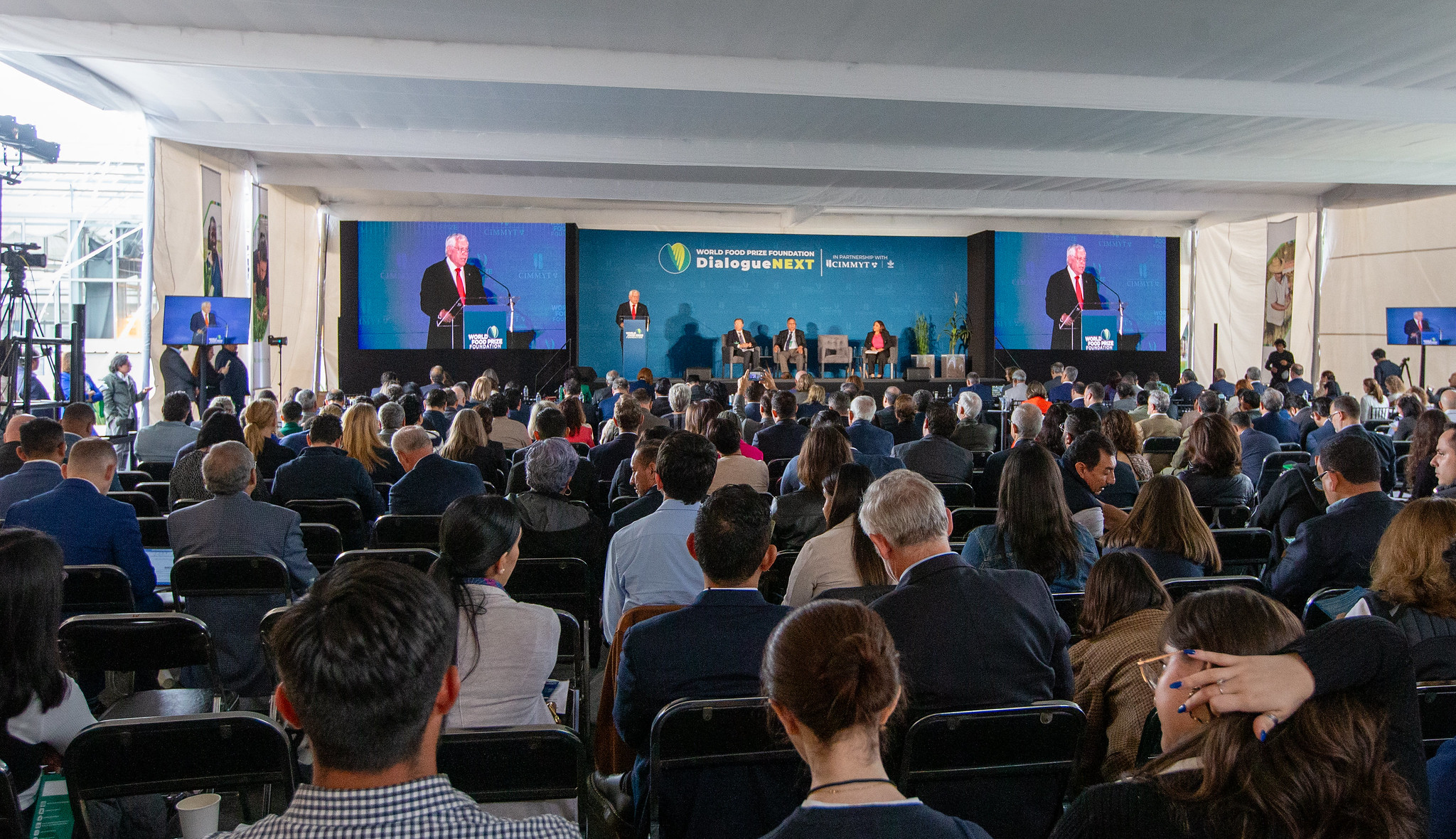Environmental health and biodiversity
The world needs better management of water, soil, nutrients, and biodiversity in crop, livestock, and fisheries systems, coupled with higher-order landscape considerations as well as circular economy and agroecological approaches.
CIMMYT and CGIAR use modern digital tools to bring together state-of-the-art Earth system observation and big data analysis to inform co-design of global solutions and national policies.
Our maize and wheat genebanks preserve the legacy of biodiversity, while breeders and researchers look at ways to reduce the environmental footprint of agriculture.
Ultimately, our work helps stay within planetary boundaries and limit water use, nutrient use, pollution, undesirable land use change, and biodiversity loss.
A blueprint for soil health initiatives
 Environmental health and biodiversity
Environmental health and biodiversity
Methods developed under CIMMYT’s GAIA project and adopted by national partners recognized as a success for acid soil remediation in Ethiopia
Helping herders access grazing lands and water sources amid prevailing food insecurity in Sudan
 Climate adaptation and mitigation
Climate adaptation and mitigation
CIMMYT’s Sustainable Agrifood Systems Approach for Sudan (SASAS) program works to ensure that herders have access to rich grazing lands and safe drinking water to improve foraging conditions for their livestock
Wild wheat: The key to food security in a warming world
 Climate adaptation and mitigation
Climate adaptation and mitigation
Increased investment in researching the crop’s grassy cousins can yield a new generation of varieties that are not just climate-resilient, but also environmentally regenerative
How effective soil aggregate management can boost productivity and climate resilience
 Climate adaptation and mitigation
Climate adaptation and mitigation
Conservation agriculture helps restore degraded soils, improve soil health, and enhance crop resilience to climate challenges, though the process requires patience, careful management, and long-term commitment
How ancient wild relatives of wheat could safeguard our food supply
 Climate adaptation and mitigation
Climate adaptation and mitigation
A CIMMYT study shows ancient wild wheat relatives can boost climate resilience and disease resistance in modern varieties
Building Resilience in Tigray: How CSA is pioneering sustainable agriculture in Ethiopia
 Climate adaptation and mitigation
Climate adaptation and mitigation
Adoption of Climate Smart Agriculture (CSA) technologies and practices in Tigray, Ethiopia, praised by CIMMYT scientists and partners
Melinda Smale: Exploring the Economic Value of Crop Diversity Conservation
 Environmental health and biodiversity
Environmental health and biodiversity
Source: Dailyhunt ()
Melinda Smale’s collaboration with CIMMYT has significantly advanced the understanding of crop diversity conservation, directly contributing to global agricultural sustainability and food security
Ancient Wild Relatives Hold Key to Climate-Proofing Global Wheat Supply
 Climate adaptation and mitigation
Climate adaptation and mitigation
Ancient wild relatives of wheat may hold the key to climate-proofing global food security by providing essential genetic traits for adapting wheat to the growing challenges of climate change, according to new research from CIMMYT
Wheat breeding strategies for increased climate resilience
 Climate adaptation and mitigation
Climate adaptation and mitigation
CIMMYT and its global partners, including leading institutions in China, conducted groundbreaking research to develop climate-resilient wheat varieties by analyzing the genetic diversity and adaptability of thousands of breeding lines under future climate scenarios
Helping farmers access waterlogged agricultural lands amid prevailing food insecurity in Sudan
 Environmental health and biodiversity
Environmental health and biodiversity
CIMMYT’s Sustainable Agrifood Systems Approach for Sudan (SASAS) program works to ensure that farmers have access to rich agricultural lands to cultivate their main staple and cash crops and enhance food production amid escalating conflict and prevailing food insecurity.
Linking sustainable agricultural methods
 Climate adaptation and mitigation
Climate adaptation and mitigation
CIMMYT researchers examine the possibility and benefits of linking Conservation Agriculture and carbon credits.
Eight-year study in India by CGIAR and ICAR scientists suggests adoption of Conservation Agriculture can boost yields and manage an increasing carbon footprint
 Climate adaptation and mitigation
Climate adaptation and mitigation
Agronomists, social scientists, and climate experts study the advantages of integrating Conservation Agriculture into a wide range of cropping systems practiced in the Western Indo-Gangetic Plains.
Enhancing the resilience of our farmers and our food systems: global collaboration at DialogueNEXT
 Capacity development
Capacity development
CIMMYT and the World Food Prize Foundation co-organized DialogueNEXT—Seeds of strength: Nurturing farmer resilience, held at CIMMYT headquarters in Mexico from 10 to 11 July 2024. The event brought together scientists, agribusiness leaders, farmers, and policymakers from over 200 organizations and 55 nations, to help shape global collaboration and strategies for sustainably producing nutritious food for all, within planetary boundaries.
